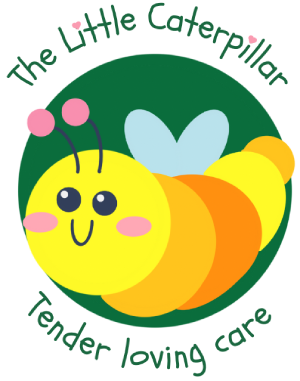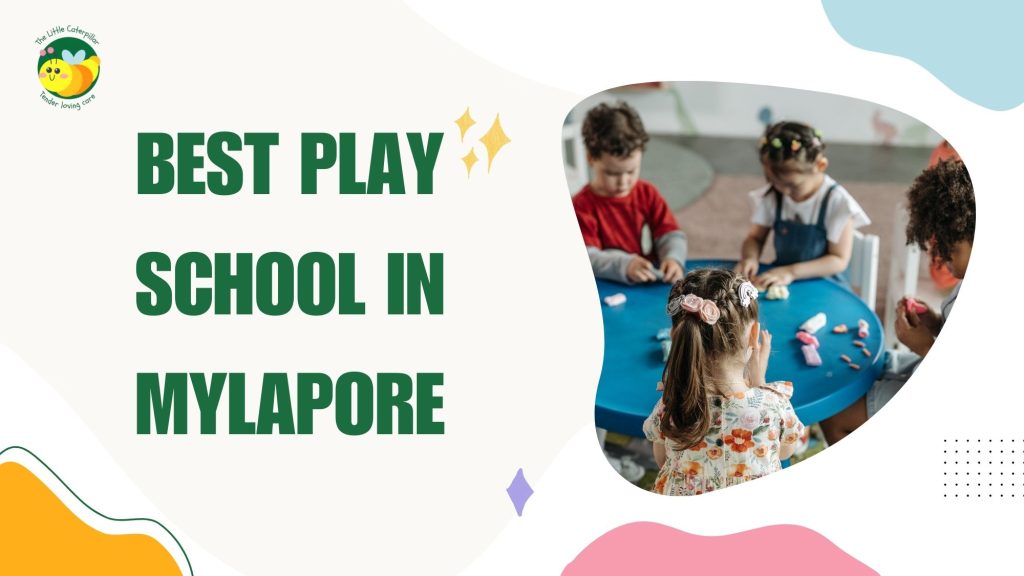Table of Contents
Playschools form the foundation for a child’s early learning and development. These environments are critical for fostering cognitive, social, emotional, and physical growth during the formative years. However, creating a playschool environment requires careful planning, especially when balancing safety with the need to engage children in stimulating activities. This article explores the essential elements of an effective playschool design, with a focus on key safety considerations, strategies to create engaging spaces, and credible references to support best practices.
Introduction
Playschools are essential in shaping the early experiences of young children. They offer a structured setting where children can learn, explore, and interact with peers, helping them develop essential life skills. The design of a playschool is critical in creating a positive environment for learning and growth, where safety is a priority. A well-thought-out playschool interior not only ensures the safety of toddlers but also stimulates their curiosity, creativity, and overall development.
Safety Considerations
Safety is the foremost consideration when designing playschools, especially considering how energetic and curious young children can be. Every detail in the environment must be carefully planned to avoid potential hazards and ensure that children can explore freely in a secure space. Here are some key safety features that every playschool should incorporate:
- Furniture and Fixtures: It’s important to select furniture that is child-friendly and safe. This means choosing tables, chairs, and shelves with rounded edges to prevent accidents from bumps or falls. Additionally, heavy furniture should be securely anchored to walls to prevent tipping over. These measures help create a stable and secure environment for children to move around in.
- Flooring: The type of flooring used in playschools plays a significant role in safety. To minimize the risk of injury from falls, it’s ideal to use cushioned flooring materials such as rubber mats or soft carpets. These materials not only provide a safe surface for children to play on but also make the space more comfortable and warm. Moreover, it’s essential to ensure that the flooring is slip-resistant, particularly in areas where children are likely to run or move quickly, such as play zones.
- Safety Gates and Barriers: Toddlers are naturally curious, and they may try to explore areas that could be dangerous, such as stairways, kitchens, or storage rooms. Installing safety gates at stairways and placing barriers around potentially hazardous areas is a simple but effective way to prevent accidents. These gates should be secure and easy for teachers or caregivers to operate while keeping children safe.
- Electrical and Environmental Safety: Electrical safety is another crucial consideration in playschool design. Covering electrical outlets with safety plugs ensures that toddlers cannot access them. Additionally, wires should be securely tucked away or placed out of the children’s reach to avoid tripping hazards or electrical accidents. It’s also important to ensure that the air quality within the playschool is safe by using non-toxic paints and materials. These small steps can go a long way in maintaining a healthy environment for children to thrive in.
- Fire Safety: Fire safety should never be overlooked in any public setting, and playschools are no exception. Installing smoke detectors and fire extinguishers is vital, along with clearly marked emergency exits. These exits should be easily accessible and free from obstructions to ensure that children and staff can evacuate safely in the event of an emergency. Regular fire drills and awareness for both children and staff can further strengthen overall safety measures.
- Toy Safety: Toys and play equipment are at the heart of early childhood learning, but it is essential that they are safe for children to use. Only age-appropriate toys should be selected, and they must be durable and free from small parts that could pose choking hazards. Furthermore, any play equipment should be checked regularly for wear and tear, ensuring that it is in good condition and safe for use.
For additional guidance, organizations like the American Academy of Pediatrics (AAP) and the National Association for the Education of Young Children (NAEYC) offer comprehensive safety standards and guidelines for early childhood environments. These resources can help ensure that the playschool environment meets the highest safety standards (AAP, 2020; NAEYC, 2021).
Creating Engaging Environments
Engagement is crucial for the cognitive, social, emotional, and physical development of toddlers. Designing engaging environments involves the following strategies:
1. Multi-Sensory Play Areas: Create distinct play zones that cater to different sensory experiences, such as a sensory garden with textures to explore, a music and movement area with instruments and soft play materials, and a reading nook with age-appropriate books and comfortable seating.
2. Role-Playing and Pretend Play: Design themed areas such as a pretend kitchen, doctor’s clinic, or market stall to encourage imaginative play and social interaction.
3. Outdoor Play Spaces: Include a safe and secure outdoor play area with age-appropriate play structures, swings, sandboxes, and natural elements like trees and plants. Outdoor spaces should be shaded and include seating for caregivers.
4. Art and Creativity Stations: Provide art supplies such as washable paints, crayons, and modeling clay in a designated art area with easy-to-clean surfaces. Display children’s artwork to celebrate creativity and provide a sense of ownership.
5. Quiet and Relaxation Areas: Design cozy corners with soft cushions, blankets, and plush toys where children can relax, read books, or engage in quiet activities.
References to creating engaging environments can be found in resources provided by Zero to Three and the CDC, which emphasize the importance of play in early childhood development (Zero to Three, n.d.; CDC, 2022).
Supporting Developmental Needs
Playschool interiors should support the holistic development of toddlers across various domains:
1. Cognitive Development: Provide age-appropriate toys and activities that promote cognitive skills such as problem-solving, sorting, and matching. Use puzzles, building blocks, and interactive games to encourage exploration and discovery.
2. Social and Emotional Development: Design spaces that facilitate social interactions, such as group play areas, circle time spaces, and buddy benches where children can learn to share, take turns, and develop empathy.
3. Physical Development: Include gross motor activities like climbing structures, tunnels, balance beams, and ride-on toys that promote coordination, balance, and strength.
4. Language and Communication Development: Create opportunities for language-rich interactions through storytelling, puppetry, and role-playing activities. Display visual aids such as pictures and word labels to support language acquisition.
References for supporting developmental needs can be sourced from publications by the Zero to Three organization and the NAEYC, which emphasize developmentally appropriate practices in early childhood education (NAEYC, 2021; Zero to Three, n.d.).
Conclusion
Designing the interiors of a playschool for toddlers up to 4 years old requires careful consideration of safety standards, engagement strategies, and developmental needs. By incorporating evidence-based practices and guidelines from reputable sources such as the AAP, NAEYC, CDC, and Zero to Three, playschool environments can be created that promote learning, exploration, and socialization in a safe and nurturing setting.
In conclusion, the design of playschool interiors should prioritize the well-being and developmental needs of young children, ensuring that the environment supports their growth while providing opportunities for exploration, creativity, and social interaction.
References
- American Academy of Pediatrics (AAP). (2020). Preventing Injuries in Child Care Settings. Retrieved from https://www.healthychildren.org
- National Association for the Education of Young Children (NAEYC). (2021). Developmentally Appropriate Practice in Early Childhood Programs Serving Children from Birth through Age 8. Retrieved from https://www.naeyc.org
- Centers for Disease Control and Prevention (CDC). (2022). Safe Kids Worldwide. Retrieved from https://www.cdc.gov
- Zero to Three. (n.d.). Play Spaces: How to Create a Safe Environment for Your Child. Retrieved from https://www.zerotothree.org



